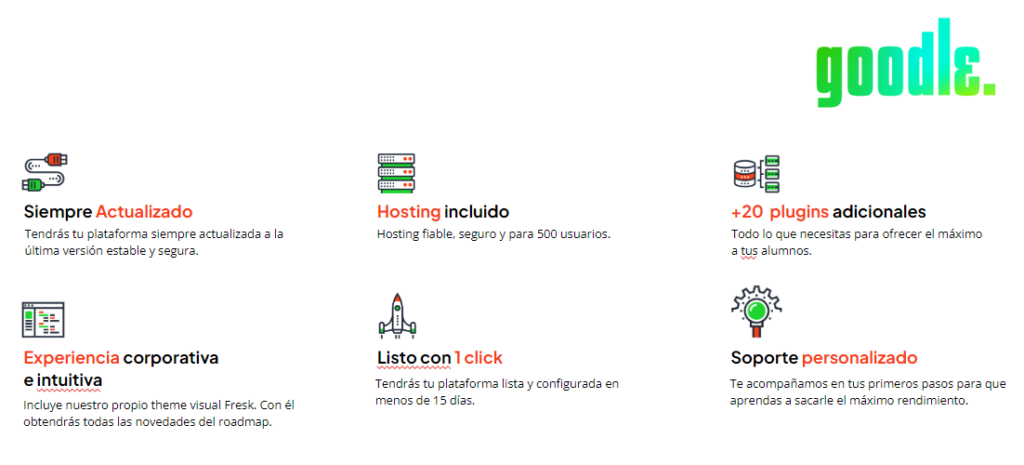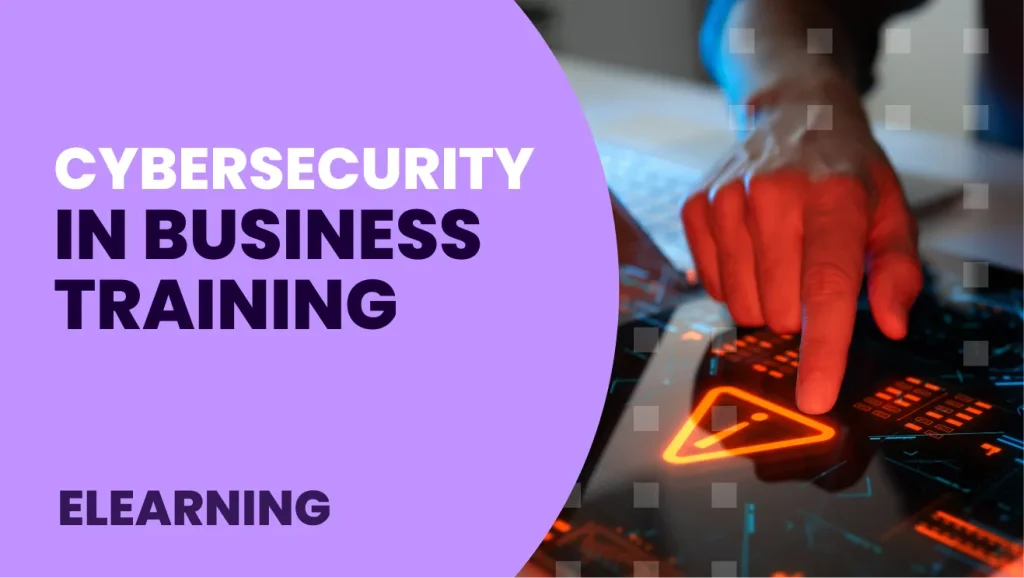Given the clear boom in online training, many professionals are considering transforming a classroom course into an online course.
But change is not just about sharing content over the web. It is important to bear in mind several points that we will discuss in this article.
We recommend our e-learning platform Goodle, developed by 3ipunt. A simple, effective and all-inclusive tool that allows you to comprehensively manage all your online training, whether you are a training center, an academy or any type of company or organization.
If you don’t know where to start digitizing your e-learning, this is your solution!

The main advantage of online training is to focus on the learner’s comfort and well-being, creating highly effective courses and as mentioned above, it is not just about sharing content, it is necessary to adapt it to have a higher quality elearning in order to enhance the training.
How to digitize training content?
Transforming existing content into an elearning model requires a preparation process. To do this, it is advisable first to review the original material and assess whether all the content will be digitized or whether new materials or adaptations are needed since not all of them will be viable in the same way in distance learning.
A good starting point is to make an inventory and divide the agenda into two categories: adaptable and non-adaptable.
Adapting content to e-learning
To determine whether or not they are adaptable, it is advisable to review these points:
- Quality: even if the content has been used for years in traditional training, it must be up to date and with relevant information. If this is not the case, it is advisable to review them before starting the digitization.
- Clarity: the user must be shown clear and concise content in which, at a glance, the learner knows what he/she is going to face in that subject. Therefore, it is recommended to use clear headlines and structure content in a coherent manner.
- Motivation: e-learning is not only about training, but also about learning experiences. For this reason, it is important that students have fun while learning and generate the interest of wanting to “know more”.
- Interactivity: One way to keep the user focused and engaged is to create interactive elements, such as thought-provoking questions and real-life situations that put all the knowledge learned into practice.

Organization of the training digitization process
Teaching Team Roles
Once we have completed this review, the process of digitizing the training content begins.
From here, we need to prepare not only the content, but also the equipment. Toda formación cuenta con un equipo docente y administrativo, es igual en la formación online.
It is necessary to assign roles and responsibilities for the course to run smoothly. Who will participate? What role will it play?
You may be interested in: What professionals does an elearning project need?
Reinvent, restructure and reduce content
If we have previous material that has been used in traditional training and we are going to focus on distance learning, we will try to structure the content and provide what is really important. That is why it is important to reinvent, restructure and reduce. As you can see, it’s not just about converting.
- Reinvent: We can ask ourselves the following questions: does my content have a lot of text, could I turn it into graphics, infographics or images, are they all necessary?
- Restructuring: Is my content organized by chapter or topic, does it have a table of contents that shows summaries and conclusions?
- Reduce (synthesize): do I show the important information or is a lot of it repeated, how long are the lessons (it is recommended that each topic not exceed 15-20 minutes to avoid breaking the student’s attention).

The need for an intuitive and easy-to-use e-learning platform.
Choosing a good training tool is one of the most important things when moving from traditional training to e-learning.
With all the work that has been done in planning and organizing, what we do not want is for the platform on which they are going to develop their training to be complex for them and to be a handicap for their training.
Now it’s your turn, are you ready to bring your training into the digital age?





